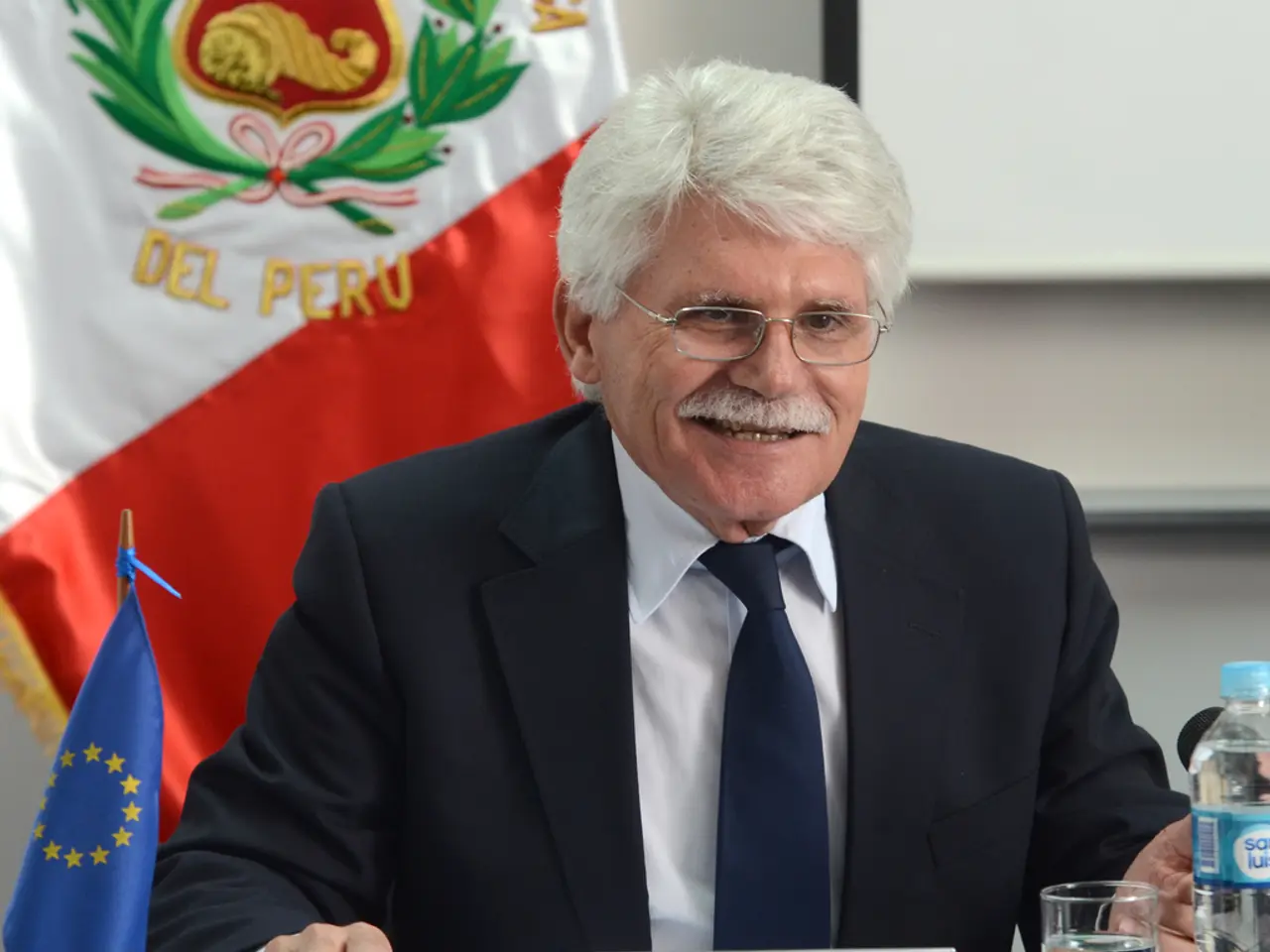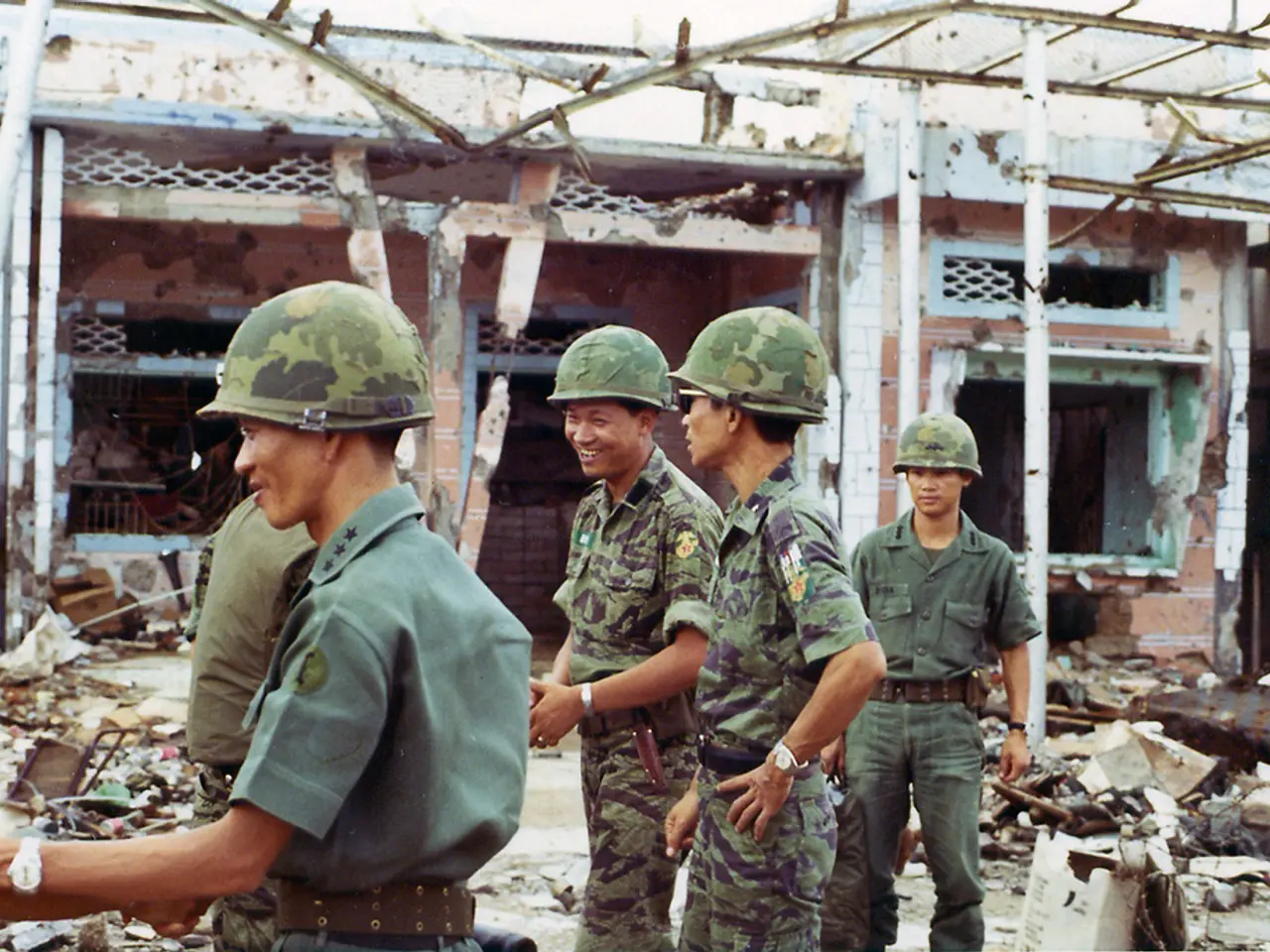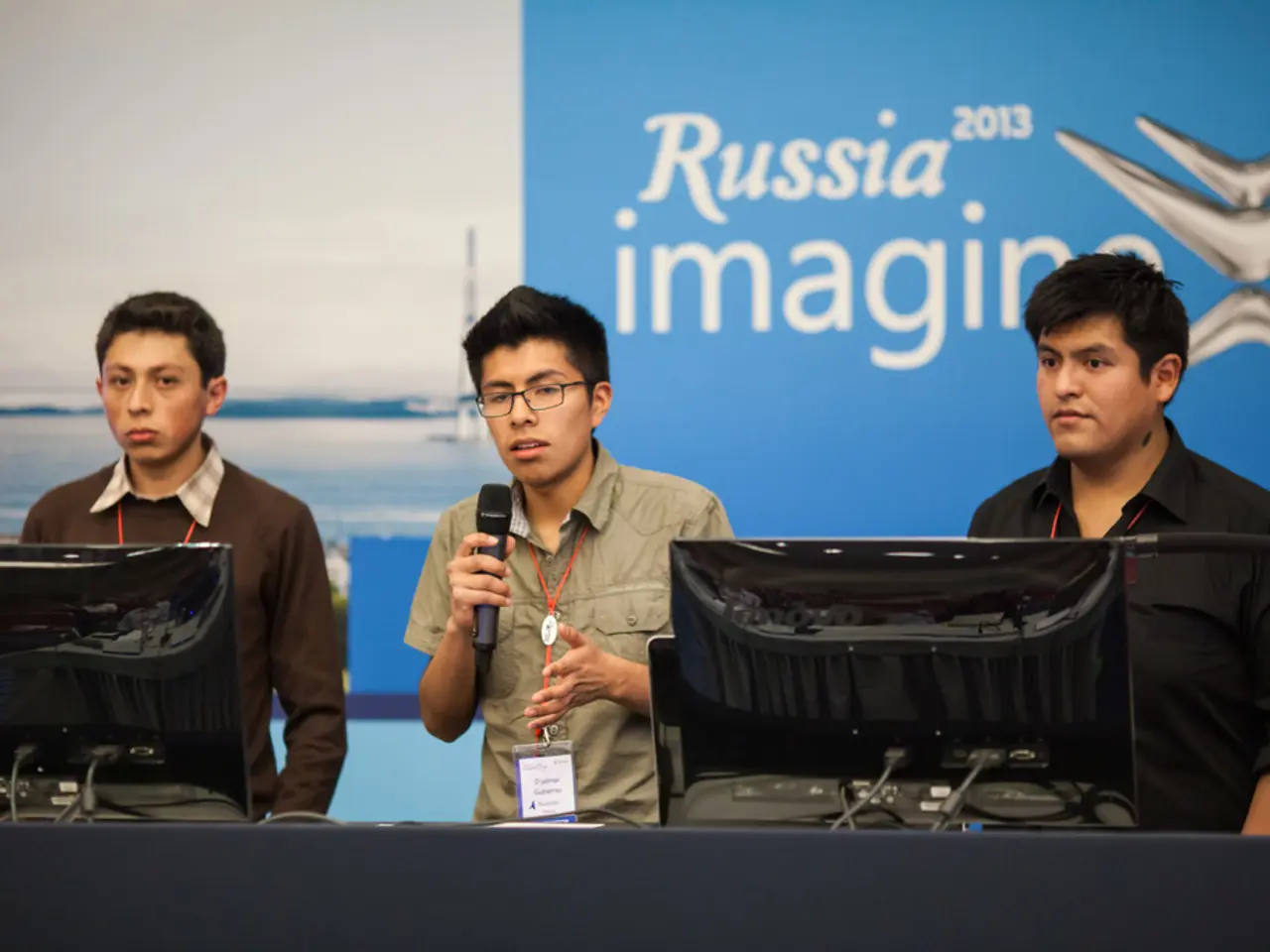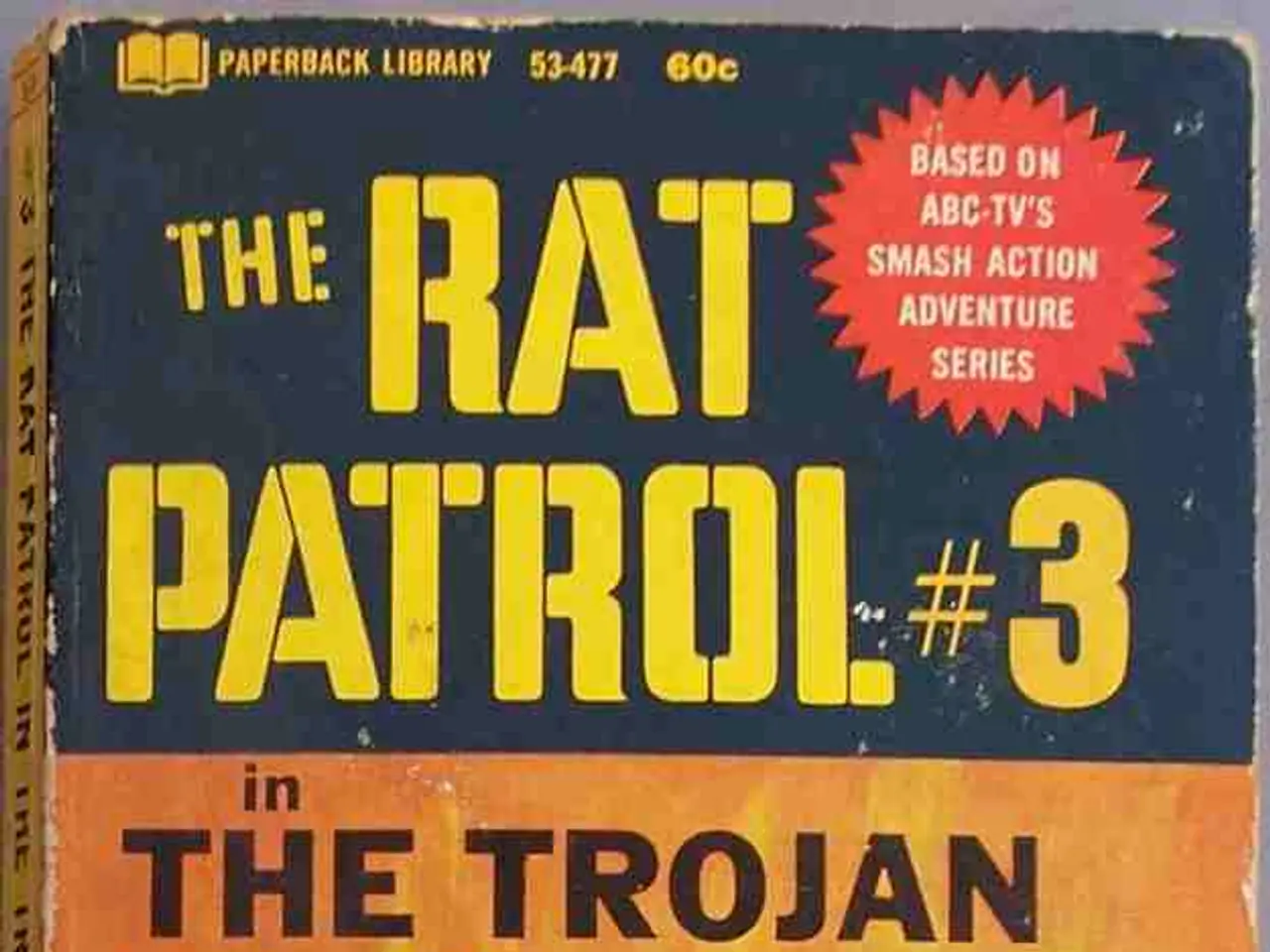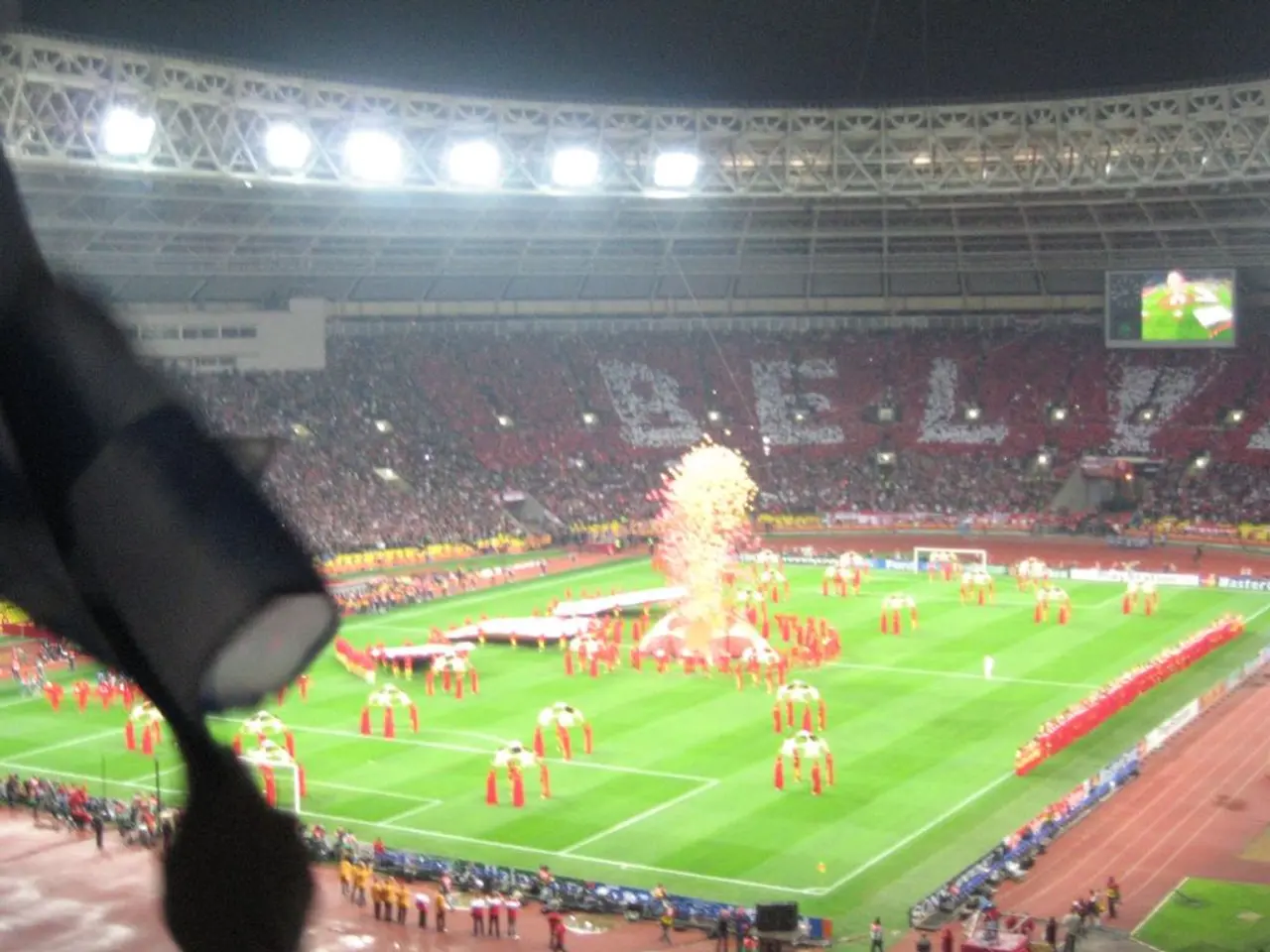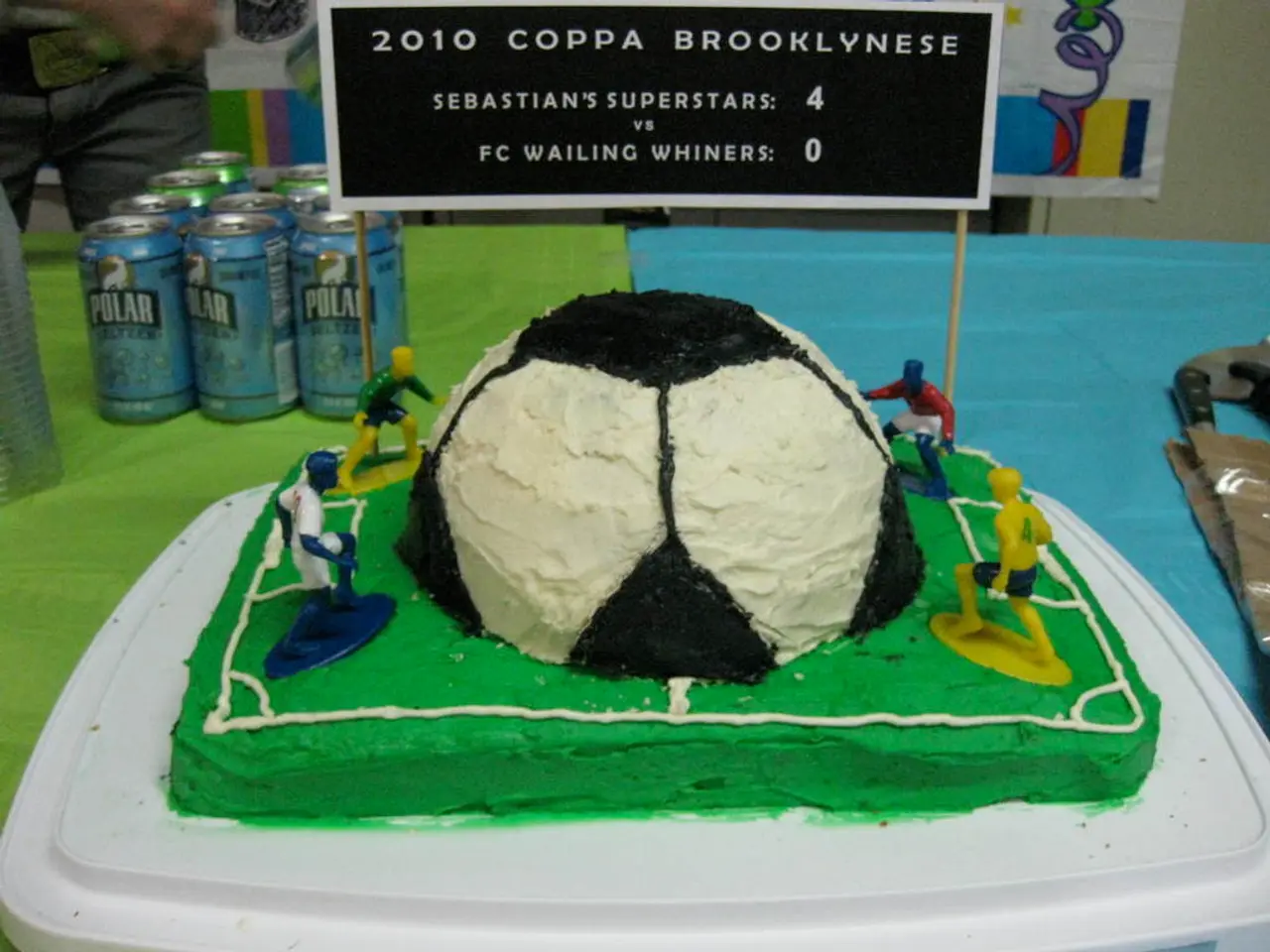Disarray in Peruvian Politics: Unraveling Chaos Within the Congress Hall
In the heart of South America, Peru finds itself entangled in a political crisis, with the delay of snap elections exacerbating the country's troubles. The root of the issue lies in a deep-seated crisis of legitimacy and widespread corruption that has taken hold of both the legislature and the executive branch.
The Peruvian parliament, currently boasting an approval rating of just 7%, is viewed unfavourably by 95% of the population, according to recent polls. This widespread distrust stems from more than half of its members being under criminal investigation for various offences, primarily corruption. This legislative dysfunction, dominated by personal agendas, has further weakened governance legitimacy.
Recent constitutional reforms have contributed to this instability. In 2018, a referendum banned congressional re-election to combat corruption, but this decision generated perverse incentives for lawmakers to exploit their limited time. In 2024, Congress reversed this by restoring re-election and moving towards a bicameral system, adding further uncertainty.
The executive branch has also been unstable, with seven presidents since 2016, several of whom have been embroiled in corruption scandals. Current President Dina Boluarte faces multiple investigations, undermining her government’s credibility.
This political fragmentation is further exacerbated by social and cultural divides, as well as widespread distrust between Lima's political elites and other regions. The government faces challenges in earning legitimacy and managing social unrest, following the failed coup attempt by ex-president Castillo, who sought to avoid impeachment over corruption allegations.
The delay in snap elections reflects the difficulties in reaching consensus on timing that accommodates dialogue among Congress, the government, and protest groups. The political stalemate prevents normal democratic functioning and delays crucial decisions, such as economic reforms.
The ongoing crisis has significant implications. Economically, Peru’s economy, heavily dependent on mining exports, especially copper, is being disrupted by large-scale protests and blockades of major transport corridors, threatening global copper markets and investors' confidence.
The malfunctioning Congress and ongoing corruption investigations erode rule of law and public trust. Continuous social protests demand better governance, regulatory changes, and respect for democratic norms. Failure to resolve the crisis risks further polarization and weakening of state institutions.
New President Dina Boluarte has called for swift elections to resolve the political deadlock. However, lawmakers in Congress are at odds over whether to hold a snap election this year. The two largest parties have only 24 and 15 seats respectively, making it difficult to reach majorities needed for legislation.
The ongoing protests in Peru, sparked by the December 7 ouster of leftist President Pedro Castillo, have resulted in 48 deaths. The parties registered to participate in potential elections are the same ones that are currently in Congress. Despite several election bills being rejected and others knocked back without debate, the political stalemate continues.
In the midst of this turmoil, Tania Estefany Ramirez, a congresswoman for the main right-wing party Popular Force, prioritizes safeguarding Peru from overspending and corruption. Both Popular Force and Peru Libre have put forward election bills, but they have been rejected.
Peru's political deadlock arises from systemic corruption and institutional instability, compounded by social fragmentation and contestation over mining policy. The delayed snap election reflects the challenge of establishing inclusive dialogue and legitimacy amid ongoing protests and governance crises. Resolving these issues requires restoring political legitimacy, addressing corruption, and ensuring participatory and transparent governance processes.
In the midst of this political deadlock, discussions regarding general-news topics such as the ongoing elections are highly contentious. Lawmakers in Congress are divided over whether to hold a snap election this year, with Tania Estefany Ramirez, a congresswoman for the main right-wing party Popular Force, prioritizing the need to safeguard Peru from overspending and corruption.
The deep-seated crisis of legitimacy and widespread corruption in both the legislature and the executive branch has fueled public distrust towards the Peruvian parliament, with recent polls showing that 95% of the population views it unfavorably. This legislative dysfunction, characterized by personal agendas and corruption investigations, further weakens governance legitimacy.
